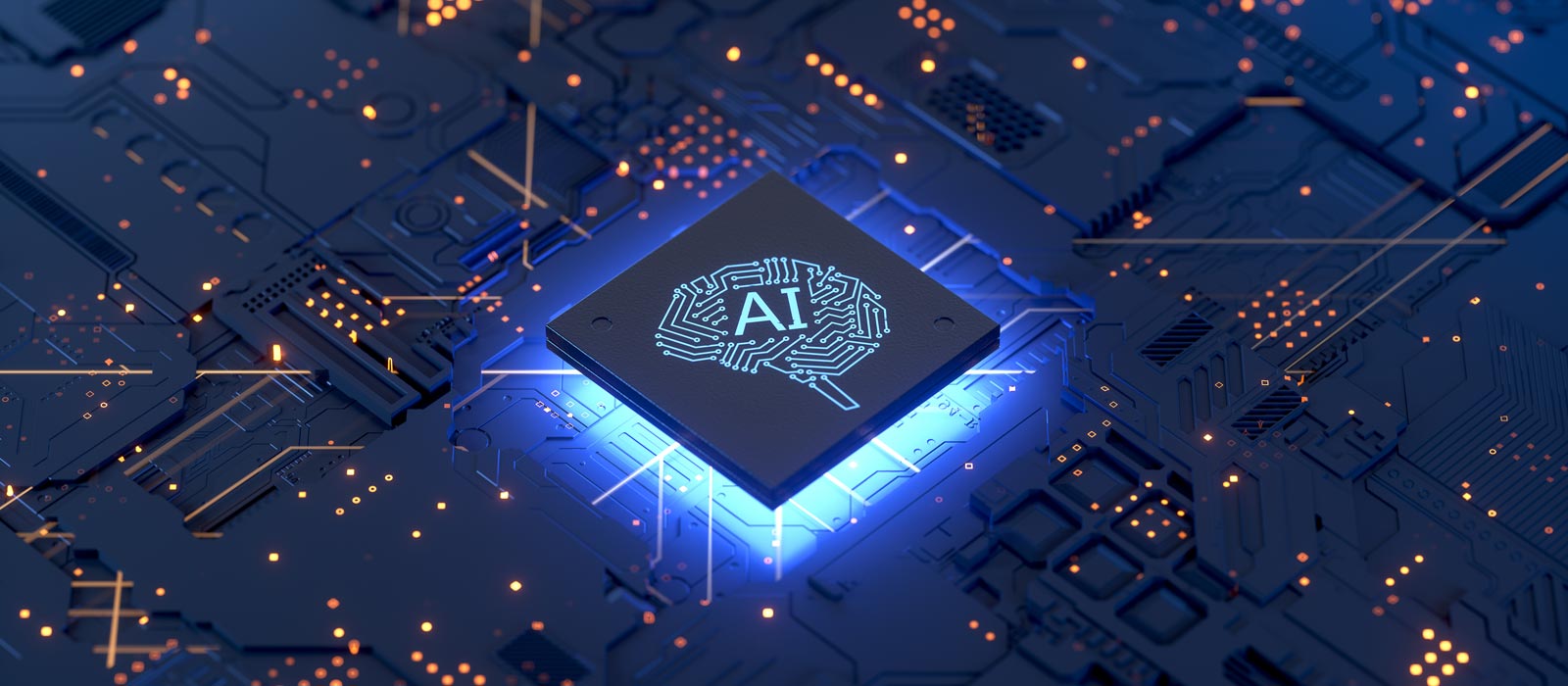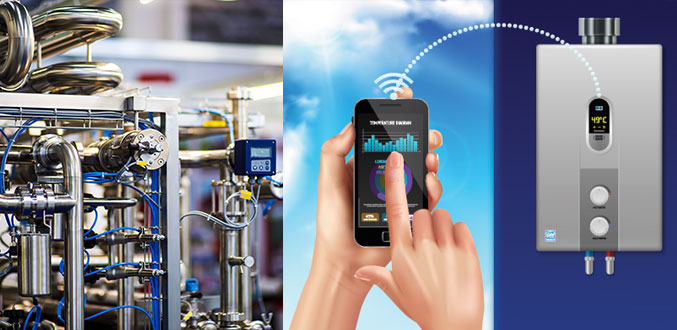
11 Mar Using MicroAI™ Within Channels and Groups
In this article we will look at how MicroAI’s MicroAI™ artificial intelligence (AI) and machine learning (ML) algorithms can be configured to train multiple components within the same system. We will also define the various aspects of a typical system as related to the application of AI and ML.
A System Defined
What would be considered a “system”? Let’s use a typical train as a simple example. A train system would consist of an engine, cargo cars, passenger cars, etc. These components work in harmony and can therefore be defined as a single system. The train’s engine could also be described as an independent system that can be broken down into many individual components that make the engine work.
Within the application of MicroAI(TM) we define these individual components as channels. When these channels are consolidated, they create a group. In many cases, these channels are dependent upon one another and the results of one channel can affect the results of other channels within the group. In other cases, there may be less dependence or interaction among channels. In those cases, the ability to separate components/channels into an individual group may create a more fluid performance.
Now that we have a basic understanding of how channels and groups are defined, we can apply these concepts to an actual use case.
A Real-World Use Case
Let’s assume that we want to monitor the performance of a smart, IoT-enabled, water heater. In this use case we will monitor several operating parameters such as temperature, pressure, and leakage. We can configure MicroAI™ in a way that combines temperature and water pressure into a single group since those conditions are interdependent. Since leakage would be considered as an independent parameter, it would be configured as a separate group.

Since no additional feature engineering would be required for this simple use case, we could now begin the process of training our AI model to monitor the performance of the smart water heater. That model training and implementation would consist of the following steps:
- Creation of a model within MicroAI™ to monitor the identified water heater performance parameters using the concept of channels and groups as defined above.
- Once created, the MicroAI™ model can be embedded directly onto the existing microcontroller of the smart water heater.
- Configure MicroAI™ generated Y Code as applicable to send alerts (phone and email) in the event of abnormal behavior
Once the AI model has been embedded and trained within the smart water heater it will begin to produce deep insights into the targeted parameters. These real-time insights can then be utilized to optimize the water heater’s performance and to establish a predictive maintenance schedule that will improve its lifecycle.
Just to recap the terms, channels are individual features or parameters that need to be monitored. The combing of channels creates a group of interdependent channels. MicroAI™ provides developers with the flexibility to configure and train AI models in ways that produce optimum results based on the specific type of device or system that is being monitored.

